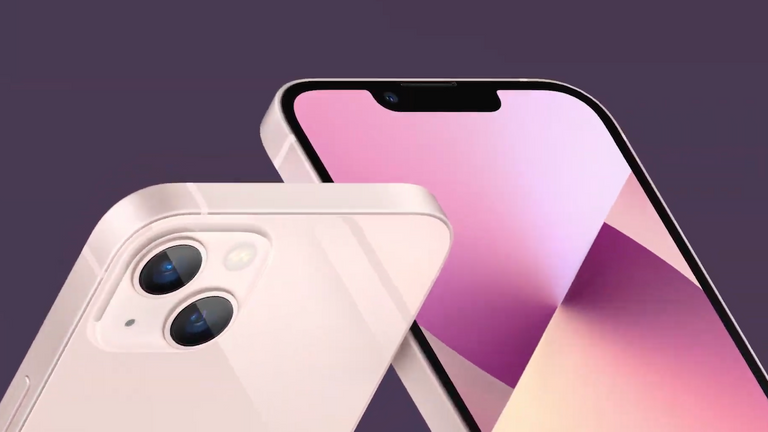
Apple is now allowing some of its customers to self-repair their own iPhones – after long prohibiting anyone except approved technicians from handling its proprietary parts and software.
In a sharp turnaround, the US tech firm announced on Wednesday that users will be able to access genuine Apple parts and tools for consumer repairs on the two newest iPhone models and eventually some Mac computers.
The shift is a reflection of President Joe Biden embracing the “right to repair” movement – which affects everything from smartphones to cars and tractors.
It is a response to the infusion of software into more everyday products – as well as the practices of manufacturers who increasingly make products difficult and costly to repair.
Apple said it will launch an online store for self-service repairs early next year, which will have more than 200 individual parts and tools for making the most common repairs on the iPhone 12 or iPhone 13.
Do-it-yourself fixes to screens, batteries and displays will be the initial focus – despite Apple’s previous resistance due to security and safety concerns, such as faulty battery replacements that can damage a device.
Maureen Mahoney, a senior policy analyst at Consumer Reports, said Apple’s action is welcome news for consumers and a sign that similar standards should apply to other electronics.
She said: “If you buy a product, you should be able to fix it. Otherwise consumers have to either rely on the manufacturers’ authorised repairer or they have to buy a new one.”
The Biden administration has been looking into regulatory changes that would make it easier for Americans to repair their broken devices, along with the Federal Trade Commission and state legislatures.
Restrictions that force consumers to turn to manufacturers’ and sellers’ repair networks add unnecessary costs to consumers and shut out independent repair shops from business opportunities, regulators claim.
They have also expressed concern about repair restrictions often falling heavily on minority and low-income consumers.
In May, an FTC report to Congress noted that many black-owned small businesses make equipment repairs, while repair shops are often owned by entrepreneurs from poor communities.
Apple has used the practice of locking down its software so that parts are encoded to a specific device – making the company a target for right-to-repair advocates.
Some attempted repairs have left devices unusable, such as replacing a broken original screen with one made by a third party.
There are limits to the changes that Apple is making, but it’s still “a big milestone”, said Nathan Proctor, senior director for the Right to Repair campaign at US PIRG, a consumer advocacy group.
He added: “One of the most visible right-to-repair opponents is reversing course in a meaningful way.”







More Stories
5 Reasons Why Everyone Should Look Forward to Save Earth Mission’s Takeoff Event
Save Earth Mission’s Takeoff Event Countdown Starts: Get Ready to Witness History
The Save Earth Mission: A Global Movement Towards a Sustainable Future